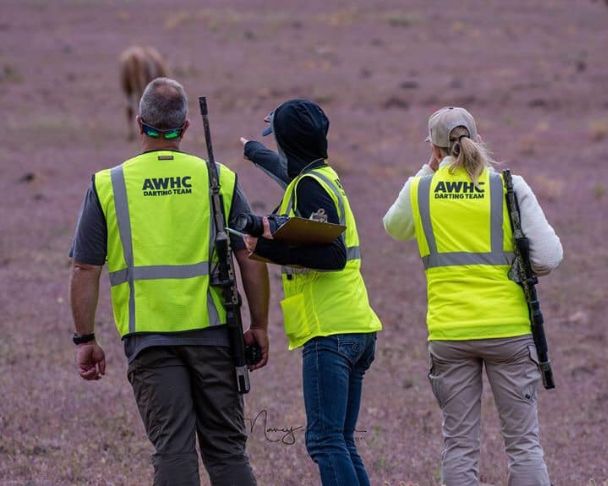The team at WildMe - @Jason Holmberg or @Jason Parham - may be able to help, or at least point you in the right direction. I know there are a number of others in the community who are interested in applying ML tools to real-world conservation challenges.
Question: would you envision that the tool work in situ, where a live camera is pointed at the horses and they are identified in the database on the live camera? Or is it enough to take a photo of the group, upload, and be told which have been darted and which haven't?
I would also say - if there are other solution types that the community could come up with (non ML related) to identify individual horses, I assume they would be welcome?
